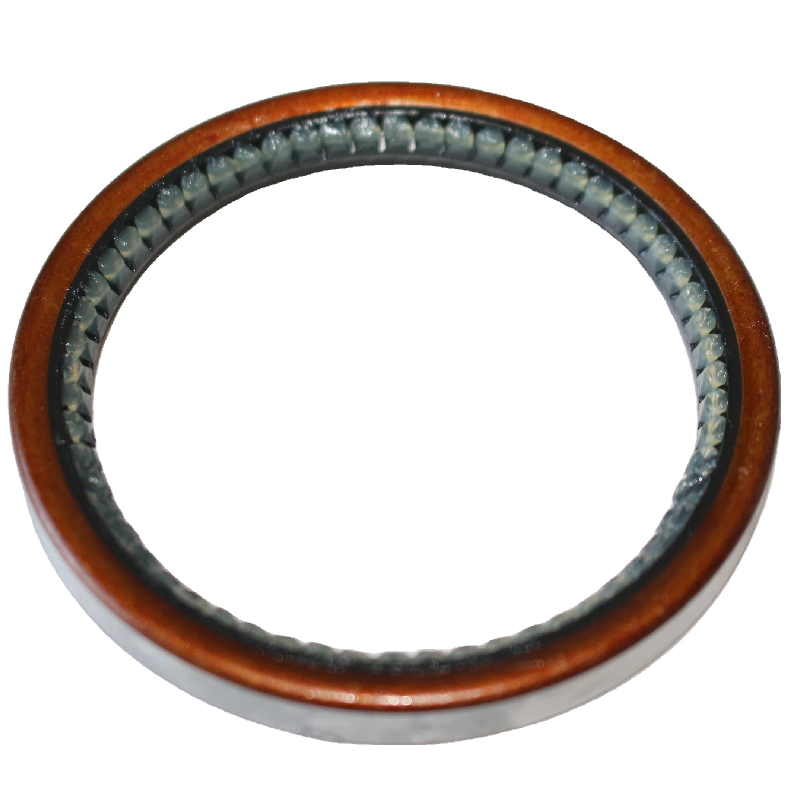radial oil seal
Understanding Radial Oil Seals Function, Design, and Applications
Radial oil seals are critical components widely used in various mechanical systems to prevent the escape of lubricants and the ingress of contaminants. These seals are specifically designed to withstand radial pressure and are instrumental in maintaining the integrity of machinery, ensuring efficient operation and reducing wear.
What is a Radial Oil Seal?
A radial oil seal, often referred to simply as an oil seal, is a device that facilitates the sealing of rotating shafts. Typically made from elastomeric materials such as rubber, they feature a flexible lip that contacts the surface of a shaft. The design allows the seal to maintain a tight fit around the shaft, effectively preventing oil leakage from bearings while simultaneously keeping dirt and moisture from entering the system.
The construction of radial oil seals generally includes three primary components the outer casing, the sealing lip, and sometimes, a spring. The outer casing allows the seal to fit securely into the housing, while the sealing lip is the part that directly interacts with the shaft. A spring may be used to provide additional pressure to the sealing lip, enhancing its capability to maintain a firm seal under varying operating conditions.
The Function of Radial Oil Seals
The primary function of radial oil seals is to retain lubricants within a system while preventing external contaminants from causing wear and damage. This is particularly vital in applications such as automotive engines, transmission systems, and heavy machinery, where reliable lubrication is essential for optimal performance.
1. Leak Prevention Oil seals act as barriers to prevent lubricants from leaking out, which can lead to reduced efficiency, overheating, and increased wear on components. By maintaining oil levels, they ensure the longevity of the equipment.
2. Contaminant Exclusion Radial oil seals keep dust, dirt, and other contaminants from entering the lubricated areas. This is crucial for machinery that operates in harsh or dirty environments, where the intrusion of particles can significantly shorten service life.
3. Pressure Management They help manage the pressure within the system, allowing for the expansion and contraction of lubricants as the temperature changes. Proper sealing is essential to accommodate these changes without compromising performance.
Design Features
The design of radial oil seals is a crucial factor that influences their performance. Common design features include
radial oil seal

- Lip Profile The configuration of the sealing lip can vary, with options like single-lip or double-lip designs. The choice of profile depends on the specific application and the requirements for sealing efficiency.
- Material Composition The materials used for manufacturing oil seals significantly impact their durability and performance. Common materials include nitrile rubber, silicone, and fluorocarbon, each providing unique properties suited for different environmental conditions.
- Temperature and Chemical Resistance Radial oil seals must often withstand extreme temperatures and various chemical exposures. Choosing the right material and design is essential for applications involving high temperatures or aggressive chemicals.
Applications of Radial Oil Seals
Radial oil seals have a wide range of applications across various industries
- Automotive In vehicles, they are primarily used in engines, gearboxes, and differential housings to prevent oil leaks and protect moving parts.
- Industrial Machinery Radial oil seals are critical in manufacturing equipment, pumps, and compressors, where lubrication is vital for proper operation and longevity.
- Aerospace They are used in aircraft systems where reliable sealing is essential to prevent oil leaks and ensure component integrity under extreme pressure and temperature conditions.
- Consumer Products Many household appliances, such as washing machines and electric motors, also utilize radial oil seals to maintain performance and prevent leakage.
Conclusion
Radial oil seals play an indispensable role in a diverse array of machinery and equipment, ensuring efficient operation by preventing lubricant leakage and contaminant ingress. Understanding their function, design features, and applications is crucial for anyone involved in maintenance, engineering, or manufacturing. In an era where efficiency and reliability are paramount, radial oil seals continue to be a focal point in the development of robust mechanical systems. Their significance cannot be overstated, as they contribute vastly to the longevity and performance of machinery, thereby impacting productivity and operational costs in various industries.
-
Understanding the Front Main Engine Seal: Purpose, Maintenance, and Installation
News Jul.29,2025
-
Understanding O-Rings and Seal Rings: Types, Applications, and Custom Solutions
News Jul.29,2025
-
Understanding Crankshaft Oil Seals: Rear Seals, Pulley Seals, and Their Role in Engine Integrity
News Jul.29,2025
-
The Importance of Front and Rear Crankshaft Seals in Engine Performance and Oil Management
News Jul.29,2025
-
Crank Oil Seals: Functions, Types, and Cost Considerations in Engine Maintenance
News Jul.29,2025
-
A Comprehensive Guide to O-Rings and Seals: Types, Materials, and Global Applications
News Jul.29,2025
-
Mastering Diesel and Performance Engine Maintenance: A Guide to Critical Oil Gaskets
News Jul.28,2025
Products categories















